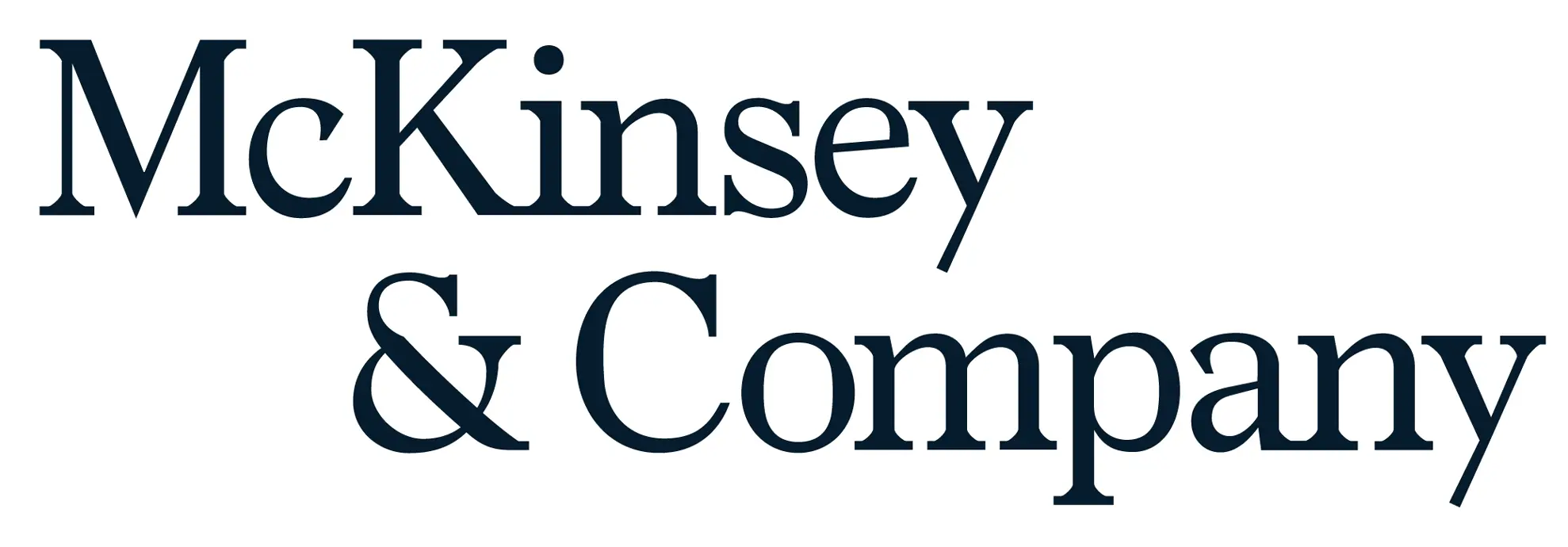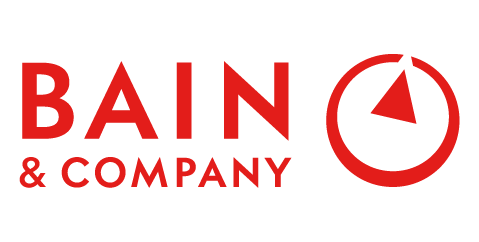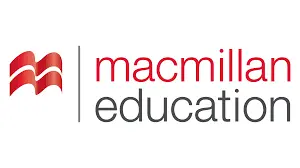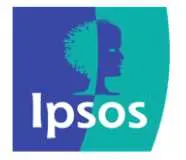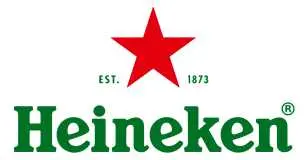
Blood Testing Market Growth, Trends, Size, Analysis, Demand and Future Outlook
Blood Testing Market Growth, Size, Trends Analysis - By Test Type - Regional Outlook, Competitive Strategies and Segment Forecast to 2034
| Published: Feb-2025 | Report ID: HLCA2543 | Pages: 1 - 228 | Formats*: |
| Category : Healthcare | |||
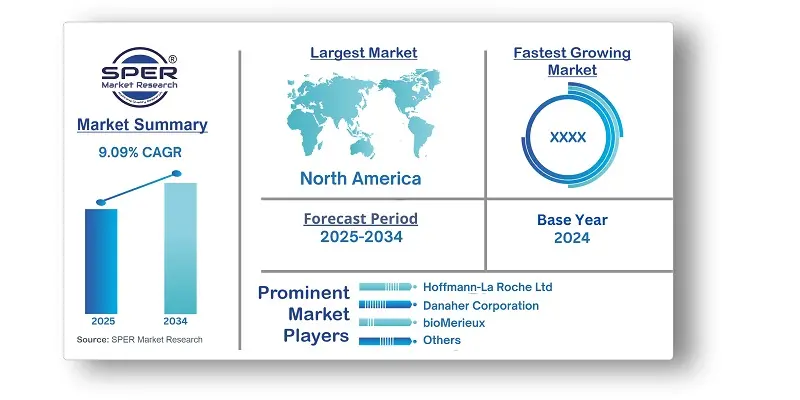
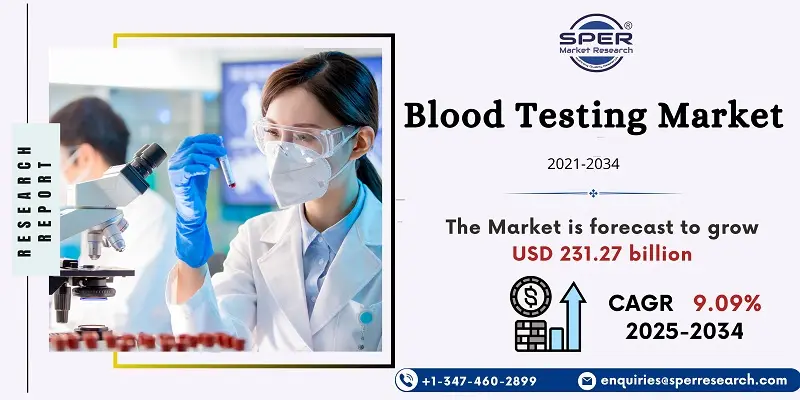
- In July 2024, Guardant Health, Inc. announced that the U. S. Food and Drug Administration (FDA) approved its Shield blood test for colorectal cancer (CRC) screening in adults aged 45 and older at average risk. Shield is the first FDA-approved blood test as a primary screening option for CRC.
- In April 2024, Abbott's i-STAT TBI cartridge got FDA approval for whole blood use, allowing doctors to evaluate suspected concussion patients at the bedside. It delivers lab-quality results in 15 minutes, removing the need for lab-sent plasma or serum samples.
- April 2024: BD (Becton, Dickinson, and Company) launched its BD Vacutainer UltraTouch Push Button Blood Collection Set in India. This new set uses BD RightGauge technology for a finer needle. It also includes BD's PentaPoint Technology.
| Report Metric | Details |
| Market size available for years | 2021-2034 |
| Base year considered | 2024 |
| Forecast period | 2025-2034 |
| Segments covered | By Test Type. |
| Regions covered | North America, Latin America, Asia-Pacific, Europe, and Middle East & Africa. |
| Companies Covered | Abbott, F. Hoffmann-La Roche Ltd, Bio-Rad Laboratories, Inc, bioMerieux, Quest Diagnostics Incorporated, Biomerica, BD, Siemens Healthineers AG, Danaher Corporation, Trinity Biotech Plc. |
- Global Blood Testing Market Size (FY’2021-FY’2034)
- Overview of Global Blood Testing Market
- Segmentation of Global Blood Testing Market By Test Type (Glucose Testing, A1C Testing, Direct LDL Testing, Lipid Panel Testing, Prostate-specific Antigen Testing, COVID-19 Testing, BUN Testing, Vitamin-D Testing, Thyroid-stimulating Hormone, Serum Nicotine/Cotinine, High sensitivity CRP Testing, Testosterone Testing, ALT Testing, Cortisol Testing, Creatinine Testing, AST Testing, Others Blood Tests)
- Statistical Snap of Global Blood Testing Market
- Expansion Analysis of Global Blood Testing Market
- Problems and Obstacles in Global Blood Testing Market
- Competitive Landscape in the Global Blood Testing Market
- Details on Current Investment in Global Blood Testing Market
- Competitive Analysis of Global Blood Testing Market
- Prominent Players in the Global Blood Testing Market
- SWOT Analysis of Global Blood Testing Market
- Globa Blood Testing Market Future Outlook and Projections (FY’2025-FY’2034)
- Recommendations from Analyst
1.1. Scope of the report1.2. Market segment analysis
2.1. Research data source
2.1.1. Secondary Data2.1.2. Primary Data2.1.3. SPERs internal database2.1.4. Premium insight from KOLs
2.2. Market size estimation
2.2.1. Top-down and Bottom-up approach
2.3. Data triangulation
4.1. Driver, Restraint, Opportunity and Challenges analysis
4.1.1. Drivers4.1.2. Restraints4.1.3. Opportunities4.1.4. Challenges
5.1. SWOT Analysis
5.1.1. Strengths5.1.2. Weaknesses5.1.3. Opportunities5.1.4. Threats
5.2. PESTEL Analysis
5.2.1. Political Landscape5.2.2. Economic Landscape5.2.3. Social Landscape5.2.4. Technological Landscape5.2.5. Environmental Landscape5.2.6. Legal Landscape
5.3. PORTERs Five Forces
5.3.1. Bargaining power of suppliers5.3.2. Bargaining power of buyers5.3.3. Threat of Substitute5.3.4. Threat of new entrant5.3.5. Competitive rivalry
5.4. Heat Map Analysis
6.1. Global Blood Testing Market Manufacturing Base Distribution, Sales Area, Product Type6.2. Mergers & Acquisitions, Partnerships, Product Launch, and Collaboration in Global Blood Testing Market
7.1. Glucose Testing
7.2. A1C Testing7.3. Direct LDL Testing7.4. Lipid Panel Testing7.5. Prostate-specific Antigen Testing7.6. COVID-19 Testing7.7. BUN Testing7.8. Vitamin-D Testing7.9. Thyroid-stimulating Hormone (TSH)7.10. Serum Nicotine/Cotinine7.11. High sensitivity CRP Testing7.12. Testosterone Testing7.13. ALT Testing7.14. Cortisol Testing7.15. Creatinine Testing7.16. AST Testing7.17. Others Blood Tests
8.1. Global Blood Testing Market Size and Market Share
9.1. Asia-Pacific
9.1.1. Australia9.1.2. China9.1.3. India9.1.4. Japan9.1.5. South Korea9.1.6. Rest of Asia-Pacific
9.2. Europe
9.2.1. France9.2.2. Germany9.2.3. Italy9.2.4. Spain9.2.5. United Kingdom9.2.6. Rest of Europe
9.3. Middle East and Africa
9.3.1. Kingdom of Saudi Arabia9.3.2. United Arab Emirates9.3.3. Qatar9.3.4. South Africa9.3.5. Egypt9.3.6. Morocco9.3.7. Nigeria9.3.8. Rest of Middle-East and Africa
9.4. North America
9.4.1. Canada9.4.2. Mexico9.4.3. United States
9.5. Latin America
9.5.1. Argentina9.5.2. Brazil9.5.3. Rest of Latin America
10.1. Abbott
10.1.1. Company details10.1.2. Financial outlook10.1.3. Product summary10.1.4. Recent developments
10.2. F. Hoffmann-La Roche Ltd
10.2.1. Company details10.2.2. Financial outlook10.2.3. Product summary10.2.4. Recent developments
10.3. Bio-Rad Laboratories, Inc
10.3.1. Company details10.3.2. Financial outlook10.3.3. Product summary10.3.4. Recent developments
10.4. bioMerieux
10.4.1. Company details10.4.2. Financial outlook10.4.3. Product summary10.4.4. Recent developments
10.5. Quest Diagnostics Incorporated
10.5.1. Company details10.5.2. Financial outlook10.5.3. Product summary10.5.4. Recent developments
10.6. Biomerica
10.6.1. Company details10.6.2. Financial outlook10.6.3. Product summary10.6.4. Recent developments
10.7. BD
10.7.1. Company details10.7.2. Financial outlook10.7.3. Product summary10.7.4. Recent developments
10.8. Siemens Healthineers AG
10.8.1. Company details10.8.2. Financial outlook10.8.3. Product summary10.8.4. Recent developments
10.9. Danaher Corporation
10.9.1. Company details10.9.2. Financial outlook10.9.3. Product summary10.9.4. Recent developments
10.10. Trinity Biotech Plc
10.10.1. Company details10.10.2. Financial outlook10.10.3. Product summary10.10.4. Recent developments
10.11. Others
SPER Market Research’s methodology uses great emphasis on primary research to ensure that the market intelligence insights are up to date, reliable and accurate. Primary interviews are done with players involved in each phase of a supply chain to analyze the market forecasting. The secondary research method is used to help you fully understand how the future markets and the spending patterns look likes.
The report is based on in-depth qualitative and quantitative analysis of the Product Market. The quantitative analysis involves the application of various projection and sampling techniques. The qualitative analysis involves primary interviews, surveys, and vendor briefings. The data gathered as a result of these processes are validated through experts opinion. Our research methodology entails an ideal mixture of primary and secondary initiatives.
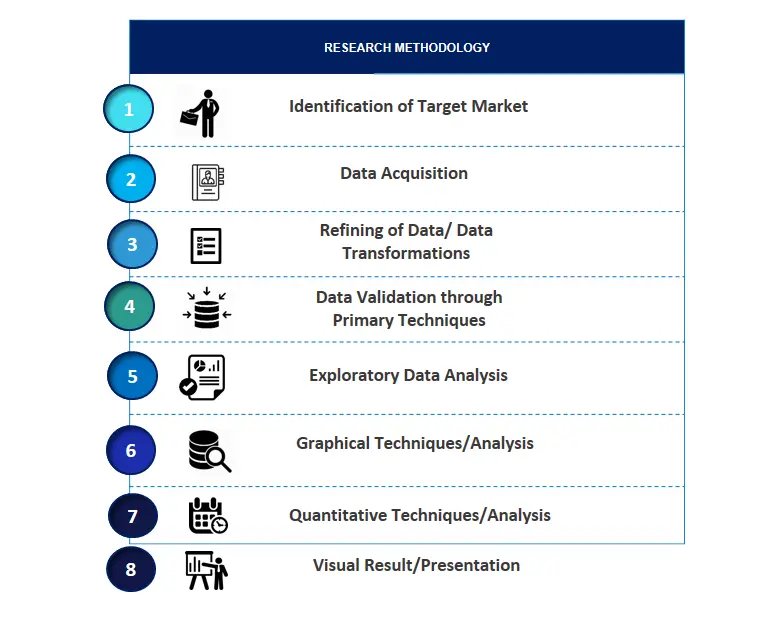
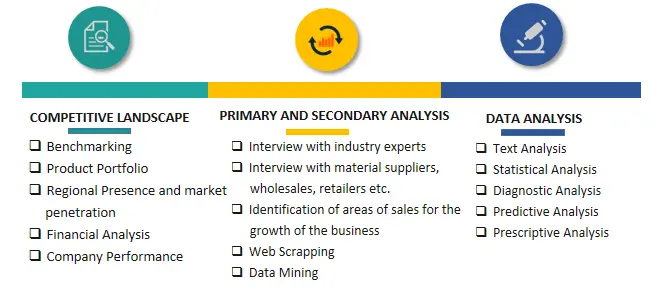

Frequently Asked Questions About This Report
PLACE AN ORDER
Year End Discount
Sample Report
Pre-Purchase Inquiry
NEED CUSTOMIZATION?
Request CustomizationCALL OR EMAIL US
100% Secure Payment
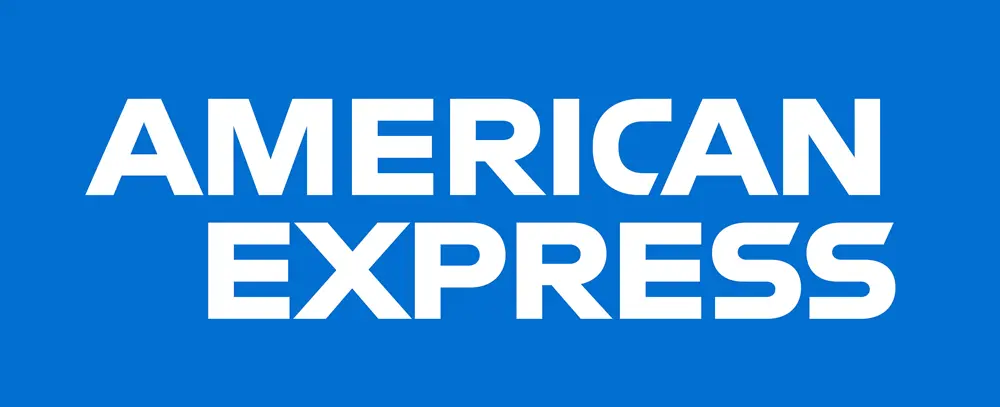


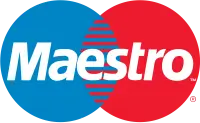


Related Reports
Our Global Clients
Our data-driven insights have influenced the strategy of 200+ reputed companies across the globe.






